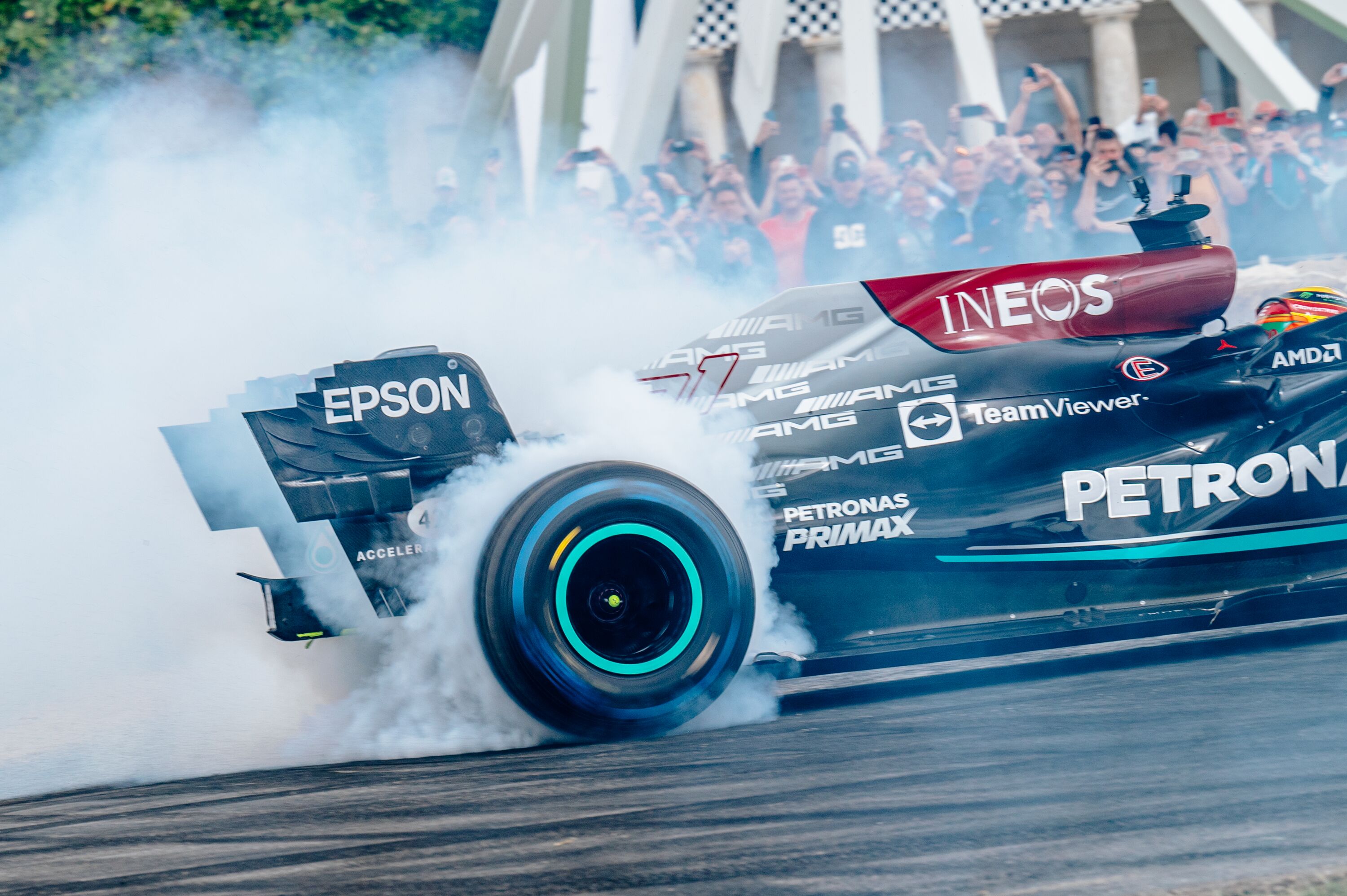John Simister: The lovely Citroen Traction Avant
 John Simister
John Simister
It was May 1984. I had been a journalist at weekly magazine Motor for a week, and there was the chance to take a test car home for the weekend. So what did I take? A 1952 Citroën Light Fifteen, of course. The famous Traction Avant.
The fates were clearly on my side. Although young, eager and new to a magazine specialising in new cars, even back then I was also immersed in the joys of the old. We had borrowed the Traction, newly restored by Citroën UK's apprentices, for a feature, and to my astonishment no-one else seemed interested in the idea of taking it home when there was a car park full of hot hatches and executive saloons.
I couldn't believe my luck. I'd always been intrigued by these revolutionary cars with a long wheelbase, a wheel at each corner, low build, unitary construction, rack-and-pinion steering and – obviously – front-wheel drive, but I had never driven one. Now I was being entrusted with a pristine example to do with as I wished. I wondered if I was the only one who actually realised the responsibility I now had, to treat it well and keep it safe.
So, out of the car park, wrestling with very heavy steering and a hopeless turning circle. Find the three forward gears via the cranked chrome lever poking out of the dashboard and connecting with the gearbox on the far side of the engine. Luxuriate in the shiny brown leather upholstery, admire the varnished wood of the dashboard. You wouldn't get either of these in a French-built Traction, nor the chrome-laden radiator grille, the thick bumpers and the Lucas electrical equipment, but this was a Slough-built Citroën equipped and decorated to British tastes.

So, out of the car park, wrestling with very heavy steering and a hopeless turning circle. Find the three forward gears via the cranked chrome lever poking out of the dashboard and connecting with the gearbox on the far side of the engine. Luxuriate in the shiny brown leather upholstery, admire the varnished wood of the dashboard. You wouldn't get either of these in a French-built Traction, nor the chrome-laden radiator grille, the thick bumpers and the Lucas electrical equipment, but this was a Slough-built Citroën equipped and decorated to British tastes.
As I built up the speed, the steering got lighter and came alive with high-geared precision. The Michelin X tyres gripped well, and the Traction cornered with an accuracy and flatness which must have seemed other-worldly in 1952, as would the calmness of the ride.
The next day, I loaded it up with Mrs S and three friends and we drove to Brighton. It was probably the biggest journey the Citroën had done since its rebuild, but it behaved perfectly. It certainly wasn't fast, nor was its 1911cc engine any paragon of smoothness, but that didn't matter. We got there and back, and the Traction had blown me away.

There are two famous Traction cartoons by Russell Brockbank. One, entitled 'Citroën Pressé', has a Traction being harried by an oversized Blower Bentley. The other demonstrates the extraordinary road holding as a Traction hurtles over the edge of a mountain road, a chunk of that road stuck to each tyre and matching holes on the terra firma left behind. Compared with contemporary rivals that's how it must have felt, up to the point of flight at least.
I put this to the test – not the airborne part – a few years ago in a gathering of cars for a magazine feature. The idea was to compare machines introduced just after World War Two had ended, which still showed pre-war influences but also looked to the future. Three were British: a Jaguar MkV, a Rover P3 and a Triumph Renown. The fourth was a Traction, chosen as the most technically advanced saloon of the time. The trouble was that I couldn't get hold of a post-war Traction for the date I required, but the very helpful Traction Owners' Club came up with a 1938 French-built 11BL normale, the car that formed the basis of Britain's Big Fifteen. That Light Fifteen I drove was derived from the more slender 11BL légére.
That it was a pre-war made little difference. It had cool pilote wheels with air slots, different vents in the bonnet sides and, of course, a French décor of cloth seats with exposed tubular frames, a painted dashboard and less exterior chrome work. It drove beautifully. Compared with its British rivals it was a decade or more ahead, not behind, even though the breed was launched in 1934. By contrast, the Brits were heavy, stodgy puddings of cars, of which the Rover was comfortably the best, but the difference in both dynamic aptitude and space efficiency was embarrassing in its vastness. It was almost as if the British motoring press of the time was in a conspiracy of silence to mask the truth.

The next time I saw PCV 265, the Light Fifteen that initiated me into Tractive delights, it was in Citroën's Conservatoire museum in Paris. A quick check on the DVLA database reveals that it hasn't been run on British roads since 1986, which seems a waste of a promotional opportunity especially given Citroën's new product plan with its emphasis on comfort, clever technology and new ways of doing things.
For my part, I sometimes find myself browsing through Tractions in the classified ads, noting how around £10,000 will buy quite a nice one. And I have a friend addicted to the things, who is on his fifth. So if I need a Tractive fix, I know where to go.
John simister
Citroën





































































